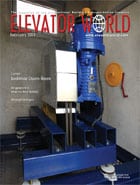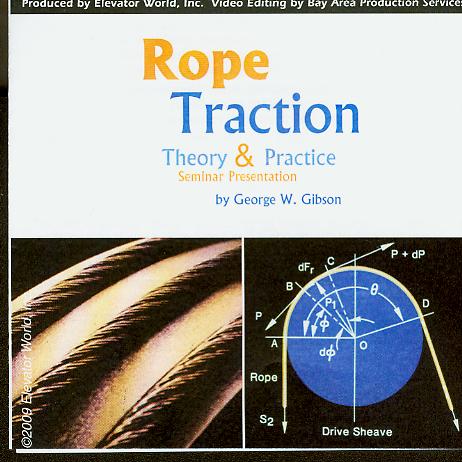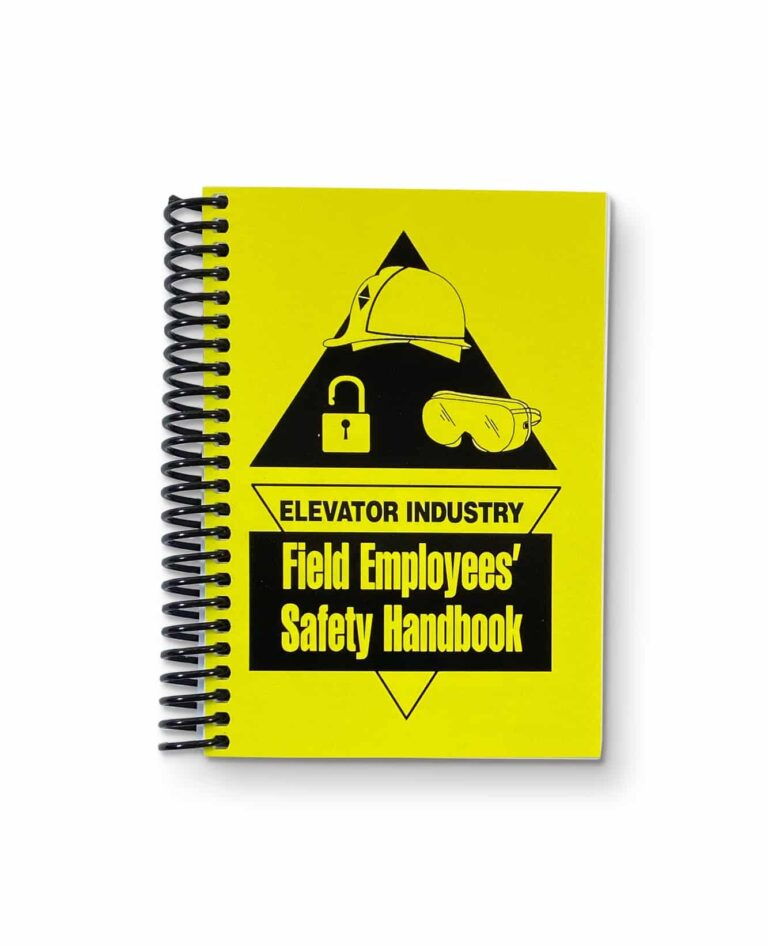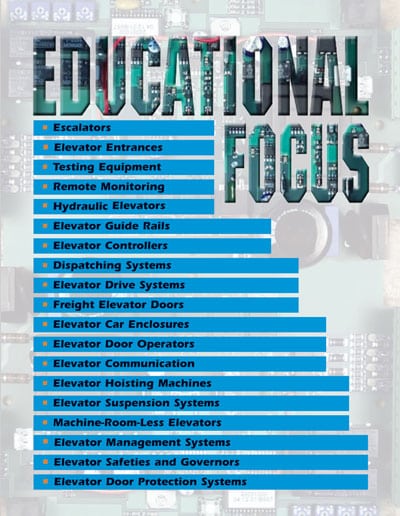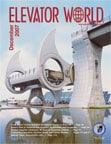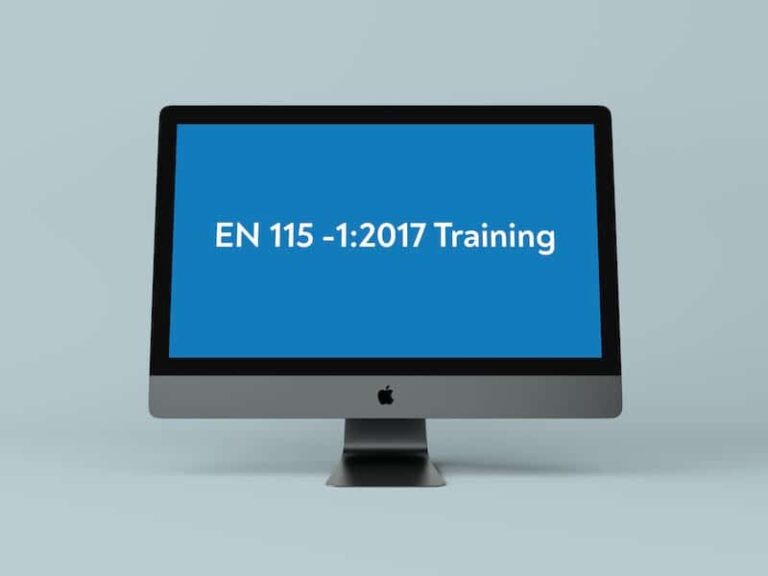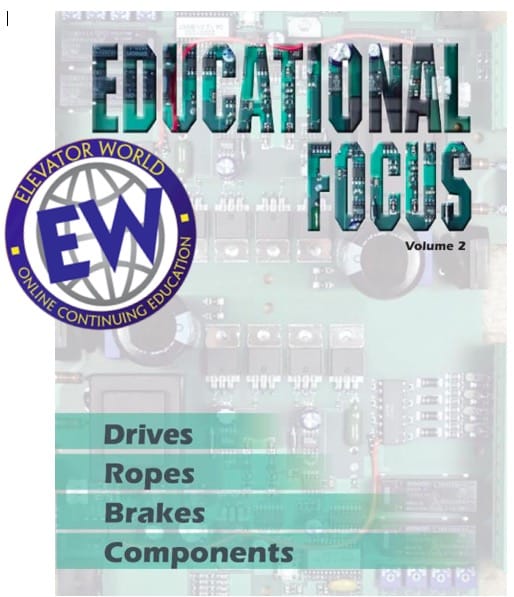February 2011 Electrically Assisted Braking Using DC Hoist Motors
Author:
Format: CEU (CONTINUING EDUCATION)
Publication Date: 2011
Article Link: Read Article
$55.00
9942 in stock
Description
SPECIAL NOTICE: Please check each course for verification of approval before purchasing.
This test is based on the article, Electrically Assisted Braking Using DC Hoist Motors, published in the February 2011 issue and counts as two contact hour (0.2 CEU) of elevator-industry continuing-education credit. Most courses are approved by NAEC for CET/CAT and NAESAI for QEI and in the following states: Alabama, Arkansas, Colorado, Florida, Georgia, Illinois, Indiana, Kentucky, Maryland, Mississippi, Missouri, Oklahoma, Pennsylvania, Vermont, Virginia, Washington, West Virginia, Wisconsin.
Learning Objectives - After reading this article, you should have learned:
- Elevator AC and DC motors, when applied to several different types of drive/control designs, have the capability of regenerating electrical energy
- The regeneration of electrical energy can provide a braking torque from both an AC and a DC motor to decelerate the mechanical load on the motor shaft
- For DC control, the typical designs of the loop circuit and the effects on emergency stopping when the loop circuit is kept closed and it is opened during the stop
- The difference between regenerative and dynamic braking as applied to both AC and DC motors/drives/control systems
- The control methods by which elevator AC motors can provide a braking torque
- During typical elevator emergency stops (e-stops), both the elevator machine brake and the regenerative or dynamic braking contribute to the total braking effort on the system
- The sequence of events during a typical e-stop
- That there are many elevator system parameters in play at the time of thee-stop, and that they influence the deceleration rate of the stop
- There can be mechanical and electrical design conflicts for emergency stop braking systems when considering balancing ride quality issues during the stop with the effectiveness of making the stop
- Looking forward, there are many design challenges to develop the optimum elevator braking systems that provide acceptable performance during an e-stop under all elevator operating conditions
Enrollment Procedures:
- If you do not already have an account on elevatorbooks.com, you will need to create one. NOTE: the name of the person purchasing must be the same name as the person who will take the exam.
- For articles, click the "Read Article" tab above to download and study the article. For other courses, be sure to purchase the corresponding book.
- Include your full name when purchasing the exam.
- Follow the instructions on the purchase confirmation page to log in to the Online Testing Center.
- If you scored 80% or above you can immediately print your certificate of completion. If you fail the exam, you will be given instructions on how to pay a re-take fee and take the exam again.
Author Bio
STOP! IMPORTANT INFORMATION!
If you purchase a Continuing Education product (test/course) with another non-Continuing Education printed product (book, poster, etc.), the linked test may not be accessible until the following business day. To gain immediate access to your test, you must purchase the continuing education product and then make a separate purchase of the printed product that you want. Digital/pdf books are not affected and are available to download immediately with your test/course.
